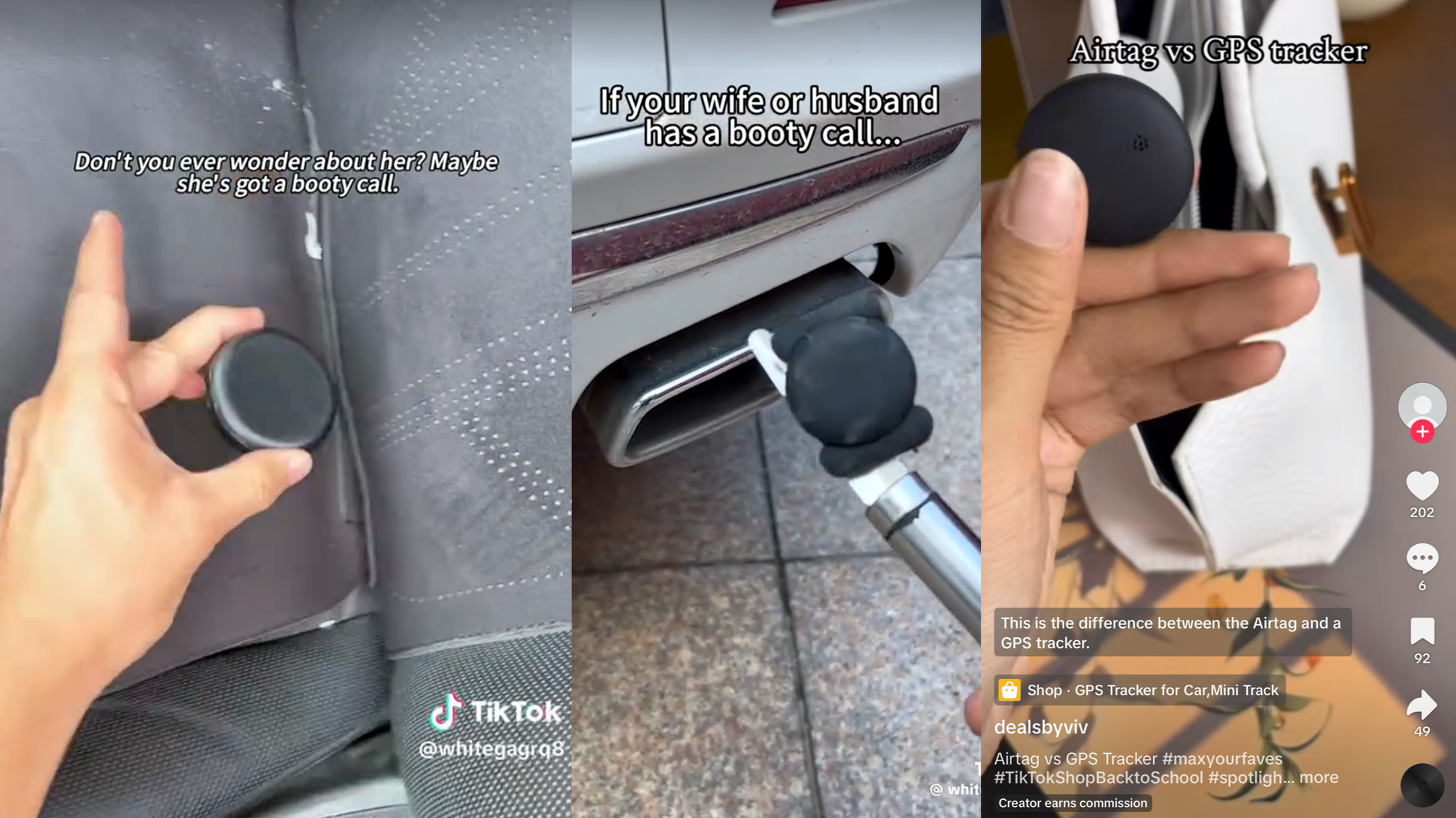Real Footage Combined With AI Slop About DC Is Creating a Disinformation Mess on TikTok

TikTok is full of AI slop videos about the National Guard’s deployment in Washington, D.C., some of which use Google’s new VEO AI video generator. Unlike previous efforts to flood the zone with AI slop in the aftermath of a disaster or major news event, some of the videos blend real footage with AI footage, making it harder than ever to tell what’s real and what’s not, which has the effect of distorting people’s understanding of the military occupation of DC.
At the start of last week, the Trump administration announced that all homeless people should immediately move out of Washington DC. This was followed by an order to Federal agents to occupy the city and remove tents where homeless people had been living. These events were reported on by many news outlets, for example, this footage from NBC shows the reality of at least one part of the exercise. On TikTok, though, this is just another popular trending topic, where slop creators and influencers can work together to create and propagate misinformation.
404 Media has previously covered how perceptions of real-life events can be quickly manipulated with AI images and footage; this is more of the same; with the release of new, better AI video creation tools like Google’s VEO, the footage is more convincing than ever.
Some of the slop is obvious fantasy-driven engagement farming and gives itself away aesthetically or through content. This video and this very similar one show tents being pulled from a vast field into the back of a moving garbage truck, with the Capitol building in the background, on the Washington Mall. They’re not tagged as AI, but at least a few people in the comments are able to identify them as such; both videos still have over 100,000 views. This somehow more harrowing one feat. Hunger Games song has 41,000.
@biggiesmellscoach Washington DC cleanup organized by Trump. Homeless are now given secure shelters, rehab, therapy, and help. #washingtondc #fyp #satire #trending #viral ♬ origineel geluid - nina.editss
With something like this video, made with VEO, the slop begins to feel more like a traditional news report. It has 146,000 views and it’s made of several short clips with news-anchorish voiceover. I had to scroll down past a lot of “Thank you president Trump” and “good job officers” comments to find any that pointed out that it was fake, even though the watermark for Google’s VEO generator is in the corner.
The voiceover also “reports” semi-accurately on what happened in DC, but without any specifics: “Police moved in today, to clear out a homeless camp in the city. City crews tore down tents, packed up belongings, and swept the park clean. Some protested, some begged for more time. But the cleanup went on. What was once a community is now just an empty field.” I found the same video posted to X, with commenters on both platforms taking offence at the use of the term “community.”
Comments on the original and X postings of this video which is clearly made with VEO
I also found several examples of shorter slop clips like this one, which has almost 1 million views, and this one, with almost half a million, which both exaggerate the scale and disarray of the encampments. In one of the videos, the entirety of an area that looks like the National Mall (but isn’t) has been taken over by tents. Quickly scrolling these videos gives the viewer an incorrect understanding of what the DC “camps” and “cleanup” looked like.
These shorter clips have almost 1.5 million views between them
The account that posted these videos was called Hush Documentary when I first encountered it, but had changed its name to viralsayings by Monday evening. The profile also has a five-second AI-generated footage of ATF officers patrolling a neighborhood; marked as AI, with 89,000 views.
What’s happening also is that real footage and fake footage are being mixed together in a popular greenscreen TikTok format where a person gives commentary (basically, reporting or commenting on the news) while footage plays in the background. That is happening in this clip, which features that same AI footage of ATF officers.
The viralsayings version of the footage is marked as AI. The remixed version, combined with real footage, is not.
I ended up finding a ton of instances where accounts mixed slop clips of the camp clearings, with seemingly real footage—notably many of them included this viral original footage of police clearing a homeless encampment in Georgetown. But a lot of them are ripping each other off. For example, many accounts have ripped off the voiceover of this viral clip from @Alfredito_mx (which features real footage) and have put it over top of AI footage. This clone from omivzfrru2 has nearly 200,000 and features both real and AI clips; I found at least thirty other copies, all with between ~2000 and 5000 views.
The scraping-and-recreating robot went extra hard with this one - the editing is super glitchy, the videos overlay each other, the host flickers around the screen, and random legs walk by in the background.
@mgxrdtsi 75 homeless camps in DC cleared by US Park Police since Trump's 'Safe and Beautiful' executive order #alfredomx #washington #homeless #safeandbeautiful #trump ♬ original sound - mgxrdtsi
So, one viral video from a popular creator has spawned thousands of mirrors in the hope of chipping off a small amount of the engagement of the original; those copies need footage, go looking for content in the tags, encounter the slop, and can’t tell / don’t care if it’s real. Then more thousands of people see the slop copies and end up getting a totally incorrect view of an actual unfolding news situation.
In these videos, it’s only totally clear to me that the content is fake because I found the original sources. Lots of this footage is obviously fake if you’re familiar with the actual situation in DC or familiar with the geography and streets in DC. But most people are not. If you told me “some of these shots are AI,” I don’t think I could identify all of those shots confidently. Is the flicker or blurring onscreen from the footage, from a bad camera, from a time-lapse or being sped up, from endless replication online, or from the bad green screen of a “host”? Now, scrolling social media means encountering a mix of real and fake video, and the AI fakes are getting good enough that deciphering what’s actually happening requires a level of attention to detail that most people don’t have the knowledge or time for.
